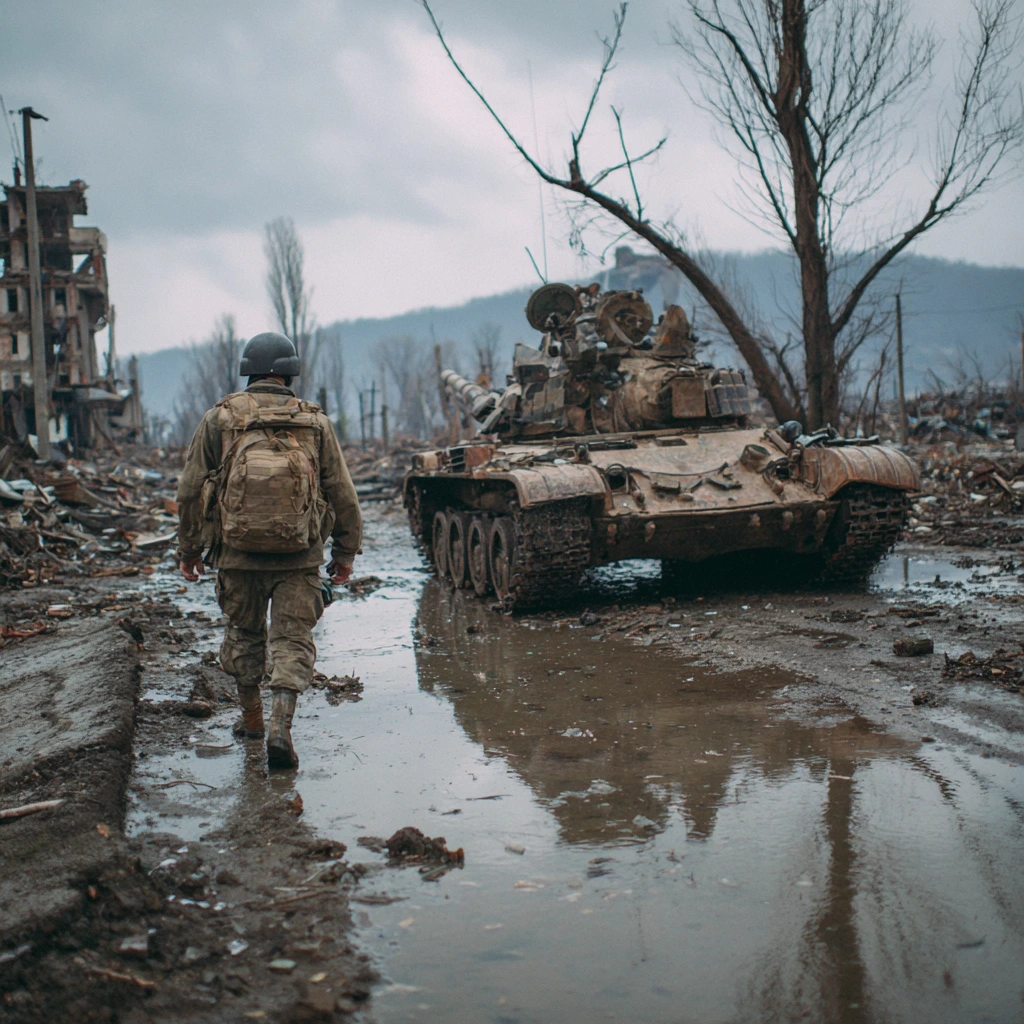On August 15, 2025, U.S. President Donald Trump and Russian President Vladimir Putin are scheduled to meet in Anchorage, Alaska, for a highly anticipated summit. The world is watching closely as the two leaders convene to address the ongoing war in Ukraine and discuss broader geopolitical challenges. This summit, the first on U.S. soil between these two leaders in decades, carries significant weight, as its outcomes could reshape international diplomacy, influence regional stability, and affect global economic relationships.
With tensions still high in Eastern Europe and a complex web of political alliances at play, the Trump-Putin meeting has raised expectations, concerns, and speculation about what the discussions might achieve. From ceasefire proposals to potential economic cooperation, the summit promises to cover critical issues that could have long-term implications for both nations and the wider world.

Trump-Putin Summit: Key Agenda Items
The summit’s agenda is expected to focus heavily on the conflict in Ukraine. President Trump has expressed optimism about the potential for progress, suggesting that President Putin may be open to negotiation. Key issues likely to be addressed include:
- Ceasefire Negotiations: Both leaders are expected to discuss immediate steps to halt ongoing hostilities, exploring ways to reduce violence on the ground and protect civilian populations. This could include temporary truces, humanitarian corridors, or mutually agreed pauses in military activity.
- Territorial Discussions: The question of territorial control remains a contentious issue. The summit may explore possible land swaps, recognition of control in certain areas, or frameworks for future negotiations aimed at restoring stability to contested regions.
- Security Guarantees: Ensuring Ukraine’s long-term security is a critical concern. Discussions may include international guarantees, agreements on military presence, or frameworks for monitoring and enforcement to prevent further escalation.
- Economic Cooperation: Beyond the conflict, both leaders may explore opportunities for enhanced economic collaboration. This could include trade agreements, investment initiatives, or partnerships in sectors of mutual interest, potentially easing tensions through shared economic incentives.
The summit is not only a diplomatic event but also a strategic meeting where both leaders will weigh political and economic considerations in their approach to negotiations.

Ukraine’s Exclusion: A Controversial Move
One of the most debated aspects of the summit is the exclusion of Ukrainian President Volodymyr Zelenskyy. While President Trump has indicated he will consult with Zelenskyy after the meeting to share outcomes and discuss next steps, many observers view Ukraine’s absence as a significant oversight.
Critics argue that excluding Ukraine from direct negotiations could undermine any agreements reached at the summit. There is concern that decisions made without Ukrainian involvement might fail to address core issues, potentially threatening Ukrainian sovereignty and security. This exclusion has sparked discussions among international allies, who emphasize that lasting peace requires the participation of all directly affected parties.
Potential Outcomes: What Could Be Achieved?
Speculation about the potential results of the Trump-Putin summit is widespread. Analysts suggest several possible scenarios:
- Cautious Optimism: Some believe the summit could lay the groundwork for a broader peace initiative. Agreements on temporary ceasefires, humanitarian aid, or preliminary negotiations could serve as a stepping stone for a larger, multilateral peace process.
- Skeptical Views: Others remain doubtful about the summit’s ability to produce meaningful results, noting that without Ukraine’s direct participation, agreements may lack legitimacy and fail to resolve underlying tensions.
- Preliminary Steps: President Trump has described the summit as an initial stage of a broader diplomatic effort. He has also indicated that if discussions do not demonstrate genuine commitment from President Putin, consequences could follow, potentially affecting both political and economic relations.
While the summit may not immediately resolve the conflict, it provides an opportunity for dialogue that could influence subsequent negotiations and international strategies.

Global Reactions: Watching Closely
The international community is paying close attention to the outcomes of the summit. European nations have expressed concern over the possibility of a U.S.-Russia agreement that excludes Ukraine, stressing the need for multilateral engagement to ensure lasting peace. Similarly, other countries around the world are monitoring the summit, recognizing that its results could affect their strategic interests and alliances.
The summit’s influence extends beyond Europe, potentially impacting global economic trends, security arrangements, and diplomatic relations. Allies and adversaries alike are observing closely, as the decisions made in Alaska could set the tone for international politics in the months and years to come.
Conclusion
The Trump-Putin summit in Alaska represents a pivotal moment in international diplomacy. While Ukraine’s absence from direct talks remains a contentious issue, the meeting offers a rare opportunity for dialogue between two of the world’s most influential leaders. The discussions may touch on ceasefire measures, territorial arrangements, economic cooperation, and security guarantees, each carrying potential long-term implications.
As the world waits for the outcomes, the summit could either mark a step toward progress and stability or highlight the complexities and challenges of resolving one of the most enduring conflicts of recent years. The coming days and weeks will reveal whether this historic meeting leads to meaningful agreements or further complicates the path to peace.
Table of Contents
AI’s Economic Impact: A New Era of Growth and Transformation – trendsfocus